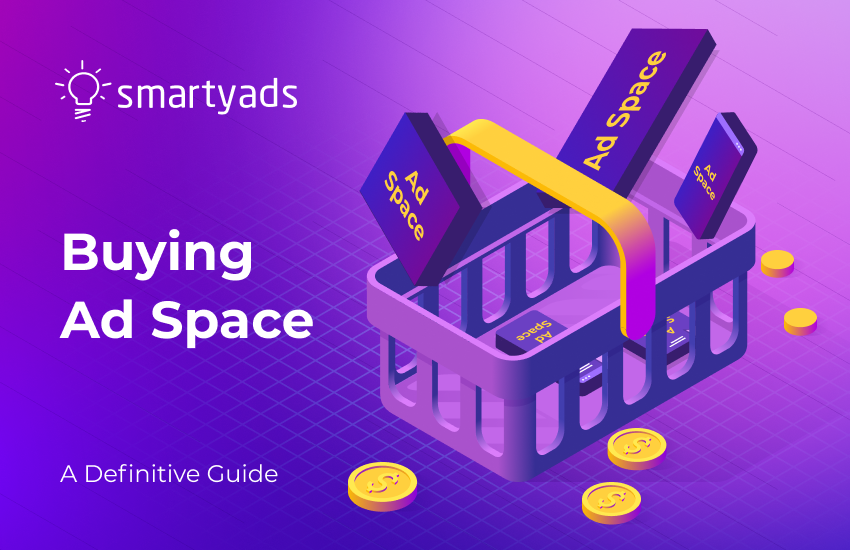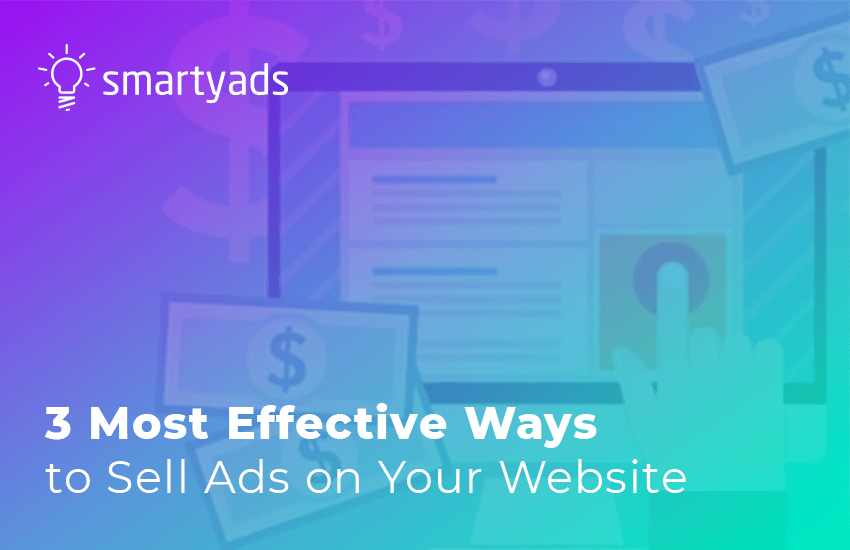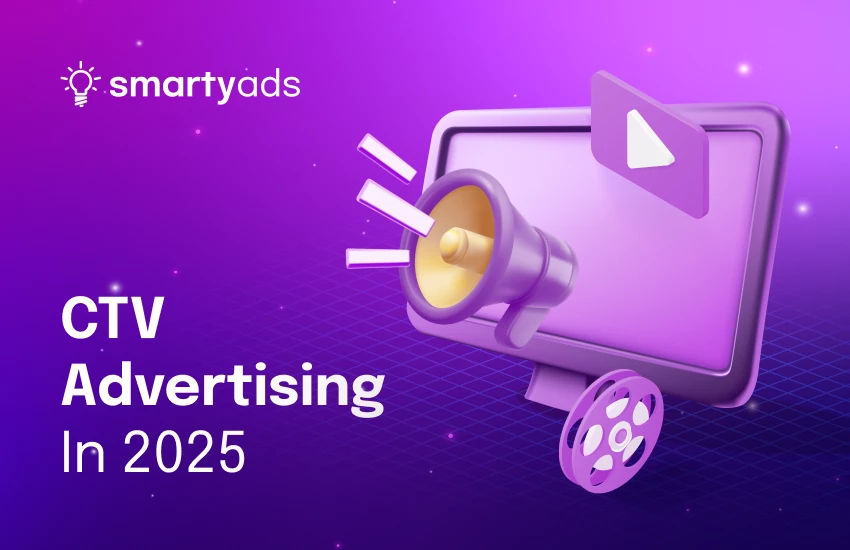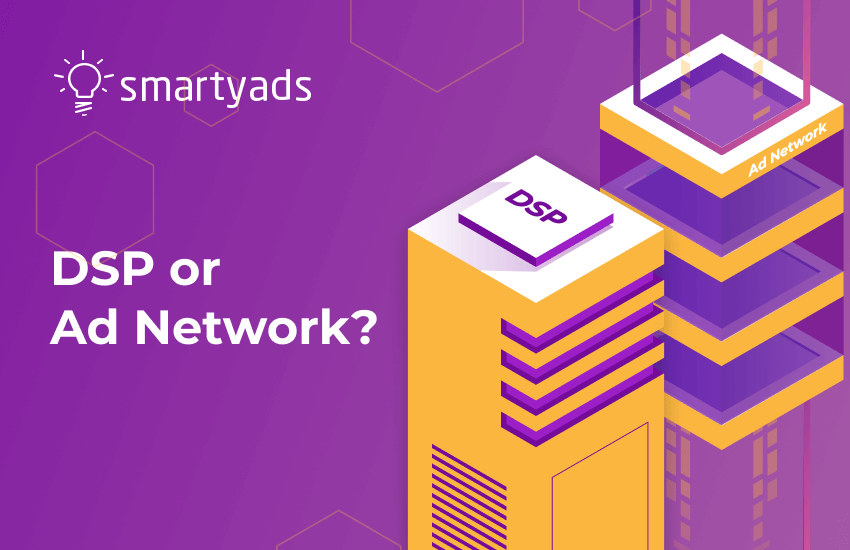Taking advertising campaigns to the next level and reaping returns on investments sounds thrilling, but at the same time, it may not be a piece of cake when it comes to implementation. In the quest to maximize the outcomes of marketing campaigns, businesses focus on various criteria and may overlook the potential of relevant, secure ad placements and website advertising.
Insufficient knowledge of media buying reduces the chance for advertisers to match with the right publishing platform where potential customers spend their time. How to find reliable ad inventory and capitalize on advertising opportunities for the brand? Take a look at the following steps:
- understand what web pages and ad formats fit your marketing goals the best;
- test different approaches to media buying;
- scrutinize a place where you want to display your ads.
Let's consider them in detail.

Why marketers buy advertising space
Advertisers and brands have tested different mediums to engage with potential customers and retain their loyal audience for decades. Ads in magazines, TV shows, and billboards served as a decent option to execute these goals.
However, the arrival of digital advertising was game-changing. A variety of formats, granular targeting, and compelling content are only a few factors that entice advertisers to buy ad space and allocate their budgets to this channel. In 2021, global digital advertising spending totaled $522.5 billion, and it is projected to reach $836 billion by 2026.
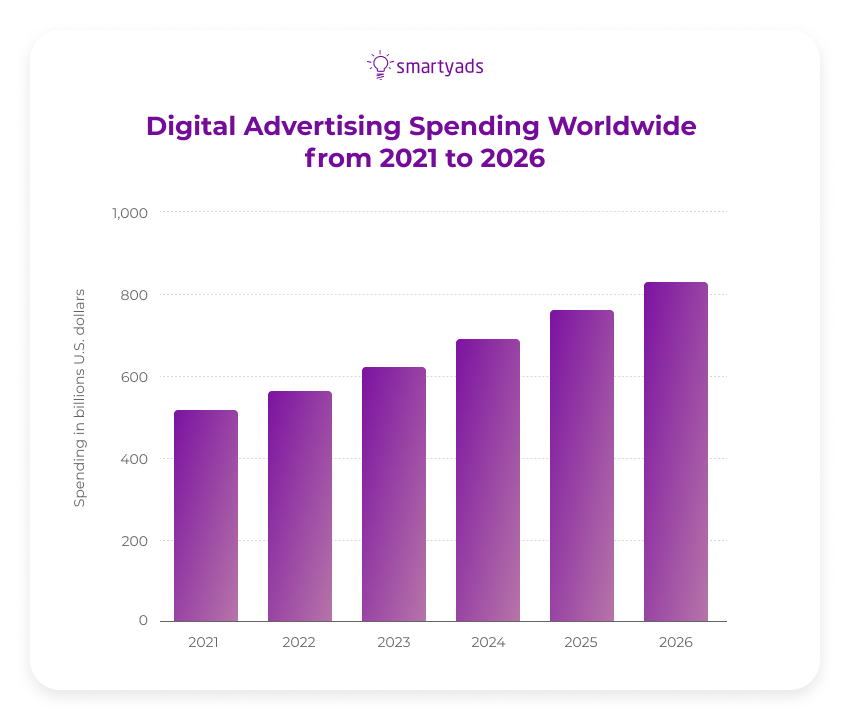
Whether buying advertising space or selling ad space, it's important to understand its peculiarities and functions.
Ad space for lucrative online advertising
Ad space refers to a few spots all over the web page where ads are displayed to interact with the target audience and lead to desired conversions, such as views, clicks, direct purchases, sign-ups, and other activities. The main goal of putting ads in different parts of the ad inventory is to enhance ad reach and exposure through top banners, sidebars, within content, or pop-ups while users carry out some actions on the website.
To get the most out of the ad space for each ad campaign, advertisers can experiment with formats such as banner ads, display ads, video ads, and native ads. But how can advertisers find publishers that are selling ads online?
5 approaches to purchase ad space
Frankly speaking, it may be a real challenge. Nevertheless, five proven options come in handy when media buyers need to partner with publishers that sell ad inventory to match media buyers with their target audience.
Whether engaging with publishers directly or leveraging display advertising through ad networks and ad exchanges, each approach presents advantages and drawbacks depending on the specific needs and the amount of resources.
#1 Do it yourself or buy ad placement directly from publishers
Buying ad placement directly means not paying intermediaries extra fees and taking on more responsibilities. It's essential to understand the full scope of duties that burden your shoulders when you decide not to request help from an ad network.
You should engage with platform owners selling ads directly to advertisers and brands, negotiate conditions for your cooperation, and build trusting relationships with publishers selling ad space without intermediaries.
Moreover, succeeding in media buying means having enough information about the publisher before deciding whether to place an ad. It's important to discover the potential of the ad space and whether your niches and values match.
For instance, ad space on a travel blog site is more reasonable for a travel gear brand than for an IT company. That is why working with publishers in the same niche is more efficient, as the website audience is more likely to buy these specific products.
Diving deep and investigating different resources is critical to contacting potential publishers selling ad inventory without the help of ad networks and ad exchanges.
When you get some decent results from banner ad space or other ad placements on a platform, stay in touch with the publisher and try establishing unique business partnerships to play long.
Pros
- Total control over every ad campaign;
- No need to pay commissions or extra fees to ad networks;
- Long-lasting relationships with publishers.
Cons
Searching for publishers that sell ad space directly requires a well-thought-out process, from generating a list of contacts and discussing details via email or phone calls to building robust cooperation with them.
#2 Tap into the potency of an ad network and an ad server
Whether working with inventory owners selling ad space directly or adopting a programmatic approach, advertisers should find trusted ad servers before partnering up with ad networks to harness the full potential of ad placements.
The ad server creates a unique tag that is subsequently integrated into the webpage to facilitate ad delivery and the reception of ad inquiries. These ad tags allow ad networks to track impressions and measure the effectiveness of both ad spend and inventory.
Ad networks function as intermediaries between advertisers and publishers. They search for publishers' inventory that fits advertisers' needs — their audience targets and advertising budgets. Thus, advertisers can delegate the entire ad campaign from the beginning to the end.
Placing ads through ad networks saves time, improves campaign management and reporting, and has further potential to scale an advertising campaign.
Advertisers can take part in decision-making after reviewing a media kit with publishers' comprehensive site analytics, including quality and relevance of content, traffic volume, and other factors to ensure a loyal audience sees the ads.
Pros
Ad networks match the best-fit advertiser or agency to buy advertising space, so advertisers don't need to spend time finding and directly communicating with potential partners.
Cons
Ad networks charge some fees for assisting in ad buying.

#3 You won't go wrong by choosing affiliate marketing
Among multiple channels, approximately 28% of brands opt to promote their products via blogs under their affiliate marketing strategy. This is a tried and tested approach for running effective marketing campaigns that also suits selling ad space. How can advertisers use an affiliate program in their favor?
The simplest way is to find publishers who want to become affiliates and promote your products on their blogs. However, following three golden rules to generate more conversions is critical: leads, installs, and actions.
- Find an affiliate network with the same content categories and a dedicated niche audience interested in your products. If you intend to promote truck maintenance services on a lifestyle blog, this ad is unlikely to reach the right audience, convert, and deliver real market value;
- Build relationships with a reputable affiliate program and negotiate possible pitfalls beforehand. In other words, avoid promoting your goods on websites with vague user segments, questionable content, and reputation. You may get quick results, yet in the long run, your products are at risk of misfitting and contacting the wrong buyers;
- Address affiliate networks, and don't seek publishers to come to you with their offerings. Publishers are not jacks of all trades and may lack some background and expertise in selling their inventory. With affiliate networks, you can integrate affiliate marketing into your promotion strategy faster and with no hassles.
Pros
Affiliate marketing is a robust way of extra income that is simple to jump into.
Cons
Affiliate marketing is low-performing for inventory with low audience engagement.
#4 Media buying with Google tools
Google offers proven tools for advertisers and publishers to make media buying profitable and efficient. Today, the company's search engine holds 85.5% of the global desktop search market, remaining an unchanged market frontrunner over the years.
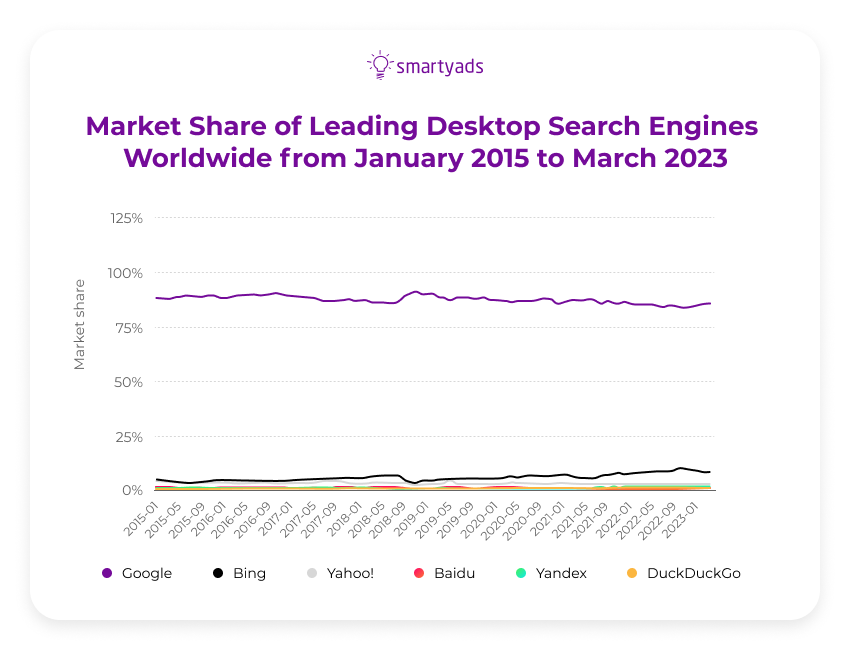
With massive expertise in the niche, Google successfully assists users in their searches and connects publishers and advertisers by helping them leverage the benefits of ad spaces with multiple services, e.g., Google AdSense, Google Display Network, etc. How can media buyers make the most out of Google tools for their ad campaigns?
Show appropriate ads with Google AdSense
Accessible, straightforward, and easy to set up are the key features of Google AdSense. This tool has revenue-generating potential for publishers of small and medium sizes, as it allows for engagement with minimal resources dedicated to ad implementation and management.
Google charges no fees for program usage and lets publishers earn a commission from serving ads through their inventory when website visitors see or click an ad.
AdSense connects publishers and advertisers depending on the niche and supports the following types of ads:
- video ads;
- display ads;
- in-article native ads;
- matched content native ads;
- game ads;
- in-feed native ads.
The program provides control over ad placement and sizes. Advertisers can adjust their creatives' sizes with plugins if they are not satisfied with the pre-configured look. This helps to invest an advertising budget reasonably and obtain the desired result.
Being a publishing partner with Google Display Network, AdSense also helps each website owner to engage with the relevant audiences while millions of users daily surf through websites, social media platforms, apps, and Google-owned properties, like YouTube and Gmail. The Google Display Network reaches over 90% of Internet users and serves more than a trillion impressions every month.
Pros
With Google tools, like AdSense and Google Display Network, media buyers can scale and grow through direct interaction with publishers and simplified conditions for buying their inventory.
Cons
Advertisers can't fully leverage publishers' assets for their marketing goals due to the limited functionality of AdSense compared to the capabilities of programmatic advertising.
#5 Take media buying to the next level with programmatic advertising
Last but not least is the exponentially growing programmatic advertising. It is a highly effective way of trading ads for both inventory buyers and sellers.
By the end of 2023, expenditure on programmatic advertising is expected to spike to nearly $142 billion. If you are not leveraging the benefits of programmatic yet, here's what you lose.
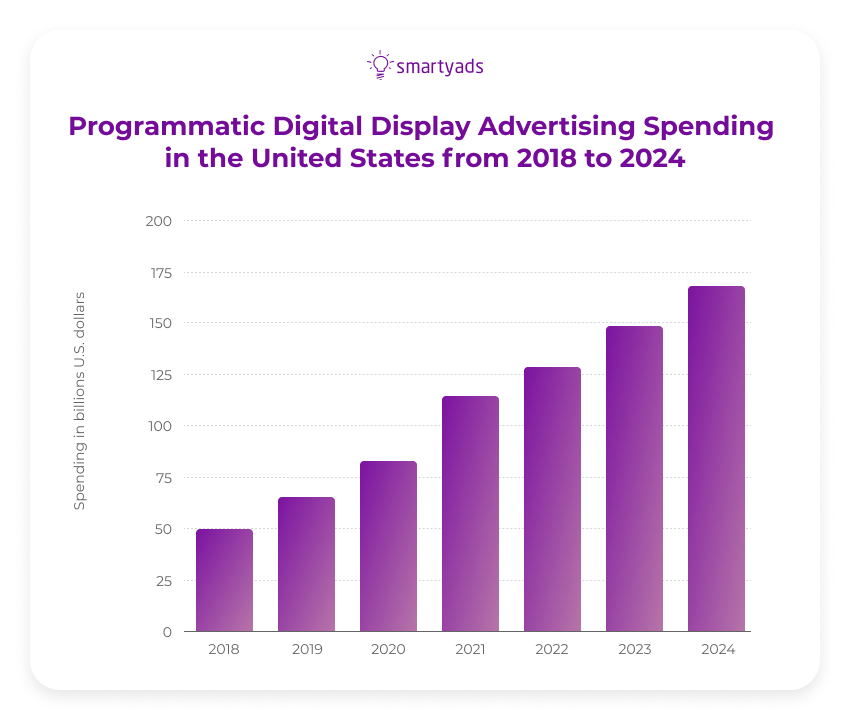
First and foremost, it is an automated process of media buying. There's no need to spend loads of time and effort finding publishers with related content.
The algorithm processes information to match relevant ads with a suitable audience in the blink of an eye. You can bid against other advertisers through real-time auctions to offer the highest price for each impression delivered on a particular website.
Pros
Programmatic advertising enables advertisers and marketers to target audiences and scale and streamline their ad campaigns to achieve cut-above results while publishers improve inventory performance to hit the high market demand.
Cons
Non-human activity challenges the buying process.
You can blend these methods to generate revenue from different channels or focus only on one of them. But before buying advertising space, verify that a website meets specific standards and norms to attract the target audience.
Website Checklist for buying ad space manually
Here's a quick checklist to understand whether a website is ready to deliver advertising impressions. Relevant content, regular traffic, improved visibility, audience analytics, and transparent performance metrics are critical factors to consider before buying ad space. They will ensure that website users get engaged with your ads.
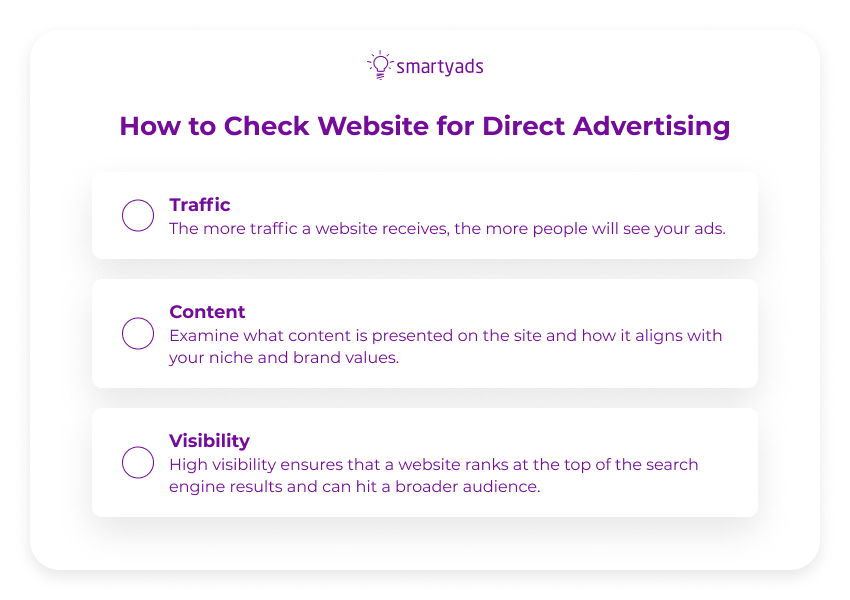
Traffic
The more traffic a website receives, the more people will see your ads. High-quality traffic covers users genuinely interested in a website's content and thereby open to interacting with displayed ads.
Content
Examine what content is presented on the site and how it aligns with your niche and brand values. Consistently updated content keeps a website fresh, encourages repeat visits from users, and factors in displaying ads to the audience interested in your products.
Visibility
High visibility ensures that a website ranks at the top of search engine results and can hit a broader audience.
Visibility requires improvement of some technical aspects, as well as search engine optimization (SEO) of the content, headers, and tags. Get to know how publishers who sell ad space handle content visibility.
Key Takeaways
Purchasing ad space starts with small steps and evolves into a lucrative stream of extra income. You should consistently invest time and resources to find the best ad placement for different marketing goals.
A digital advertising landscape gives the flexibility to experiment and assess the impact of diverse ad types and formats. Your primary decision lies in determining the extent of your involvement in buying inventory: whether you prefer a hands-on approach, involve intermediaries, or leverage programmatic methods.
Buy ad space with SmartyAds DSP to get fast integration and first conversions!

